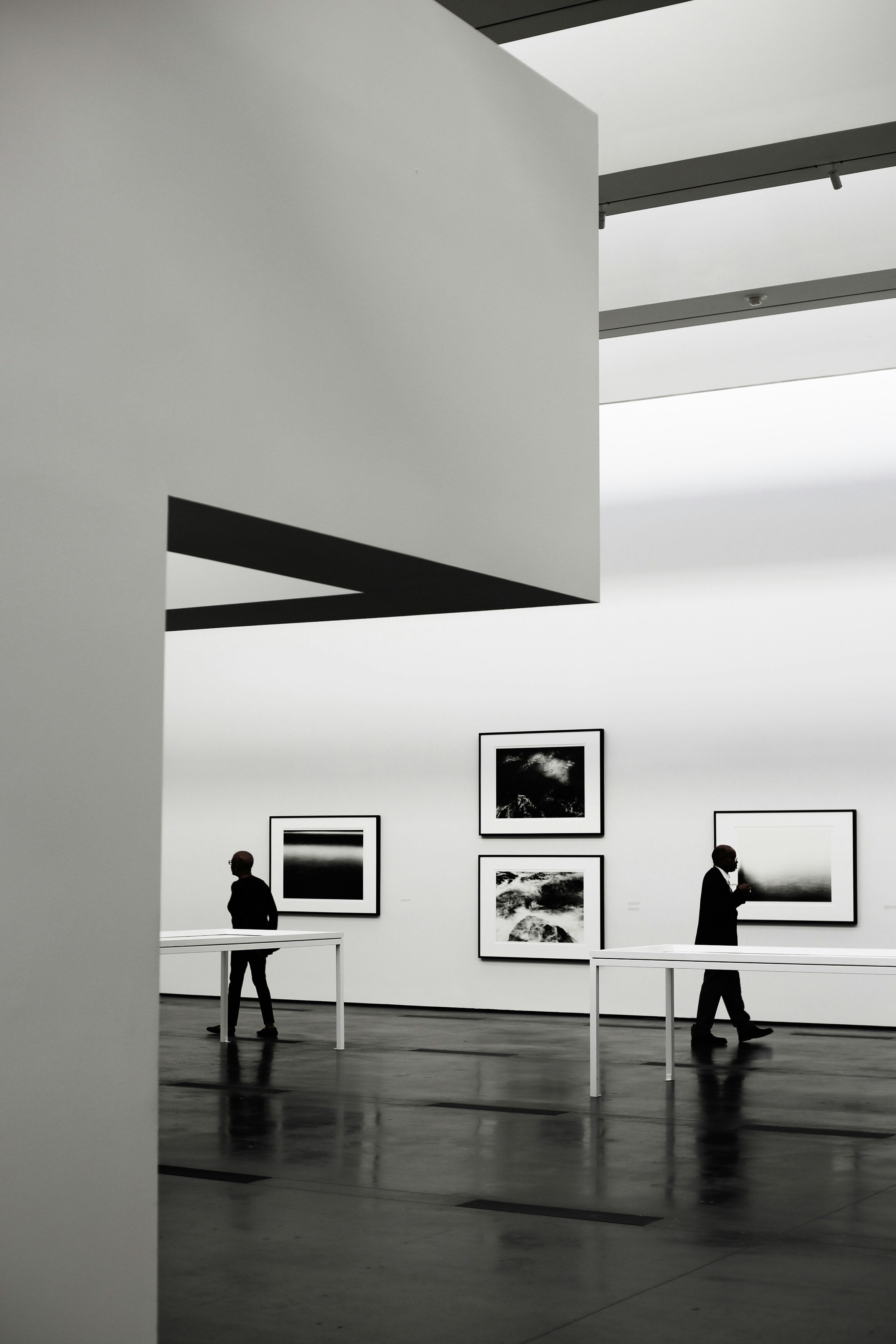Collecting Art beyond Elitism
Why we should not leave art acquisition to the rich and should make the journey from art lover to art collector. An exploration of current art market trends and mechanisms, feminist actions, and personal passion on reshaping the art world.
© Alex Carpenter
The sale of a Klimt painting in April 2024 garnered significant attention, but subsequent revelations about its problematic provenance and the record price of 30 million euros, which nevertheless fell far short of expectations, underscore broader concerns about the dynamics shaping today’s art market. This prompts a critical examination of how prevailing market forces can inadvertently reinforce elitism and consolidate value within high-end collecting circles. But things might change if we don’t leave collecting art to the wealthy!
Global art market trends
Despite the decline in the global art market in 2023 (4% less in comparison to 2022), it has shown resilience and is still above pre-pandemic levels. This decline affects both the primary and secondary art markets (primary: art that is currently being produced and traded for the first time; secondary: resale of existing art), with ultra-contemporary and emerging artists facing particular uncertainty in 2024. Meanwhile, established "blue chip" artists (the most successful personalities and the safest investments in the art system, the term derives from the game poker) are expected to thrive within the secondary market, where larger galleries are poised to focus on acquiring their works. A significant factor influencing these trends is the dominance of affluent investors, who in 2019 were still mainly aged between 40 and 64 (62% of all buyers), and whose preferences often steer the market towards established or trending artists. This emphasis on financial growth can inadvertently exclude lesser-known artists and smaller galleries, contributing to the consolidation of value within high-end collecting circles.
Who decides what is seen?
In our contemporary art-saturated environment, where creativity permeates everyday experiences, many of us identify as art enthusiasts. We engage with galleries, museums and digital platforms. However, much of what we see in institutions is heavily influenced by the art market and its mechanisms. One important way among others to participate and shape the art scene especially locally is through the acquisition of art.
© Juliette Contin
Historically, art collecting has been synonymous with wealth, often motivated by vanity or investment aspirations. Yet, this trend poses significant risks to the dynamism and authenticity of the contemporary art scene, perpetuating a cycle in which only popular or trending artworks are commodified, often detached from the intrinsic value of artistic expression. In the midst of these challenges, the ethos of art collecting should evolve beyond mere accumulation. At its core, collecting should reflect a genuine passion for art - a pursuit that, while limited in reality by financial means, helps to support artists whose work resonates on a deeper level. By embracing diverse perspectives and narratives, collectors can contribute to a more inclusive and vibrant artistic ecosystem. Rediscovering this passion involves transcending mainstream trends to embrace diverse narratives that enrich our cultural fabric. By supporting underrepresented artists, we contribute to the preservation and development of our collective artistic heritage.
Women at the forefront of reshaping the art world
Art collecting must embody cultural stewardship accessible to all. Contrary to popular belief, art collecting can begin on a modest budget. And against the current there are some positive trends in the art market such as the surge in online sales, which indicates a democratisation of access to art. This trend provides an accessible entry point for new collectors and supports the notion that collecting art should not be confined to the elite. Furthermore, transactions under £1,000 soared in 2023, largely due to increased global demand and enhanced online accessibility, underlining just how important the mission of fairs such as The Affordable Art Fair (held in 10 cities internationally and coming to Vienna in May 2025) is. The strong online presence of artists and galleries also enables the exploration and appreciation of artworks from underrepresented regions and indigenous artists.
Yan Du at her house in London with Snowy, August 2023. Photography: Lee Whittaker © Frieze Magazine
This also addresses the key challenge of the underrepresentation of female artists. But female collectors, whose average spending has surpassed that of men in recent years, are making their presence felt. Female collectors such as Lisa Perry, along with figures such as Yan Du, Pamela Joyner, Grażyna Kulczyk and Komal Shah, are leveraging their purchasing power to intentionally reshape the art market and influence the artistic canon. Although younger female ultra-contemporary artists reached significant milestones during 2023, there remains a persistent gap that requires continued attention and support.
Remember when we were kids, and our sensitive minds resonated with everything we collected—whether it was chestnuts or a hundred other things that brought us joy and became part of our identity? Let us rekindle that inner child within us and let us reclaim the spirit of collecting as a form of cultural activism—an endeavor to redefine prevailing narratives around art consumption. By becoming proactive collectors, we empower artists, sustain struggling galleries, and enrich the broader cultural landscape.
Where to start?
Acquiring art can be daunting without established connections or contact to artists from whom you can buy directly from the studio. Fortunately, there are platforms within the art market that are dedicated to offer accessible alternatives. Here are some sites that cater to entry-level collectors and offer facilitate connections to artists: Kunst ab Hinterhof in Vienna (online with a publicly accessible archive and gallery spaces), The Affordable Art Fair (for the first time in May 2025 in Vienna), Kunstsupermarkt in Vienna (online and on again from autumn 2024), KUNST-ONLINE and Studierenden-Kunstmarkt (online).




